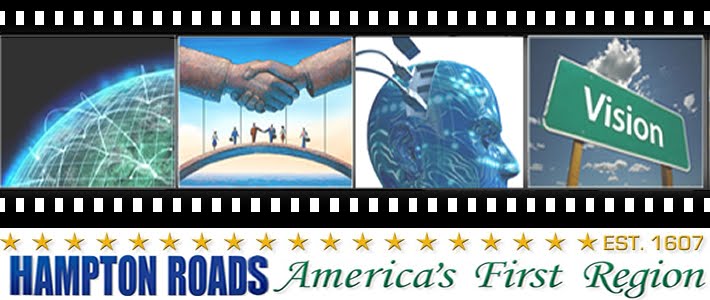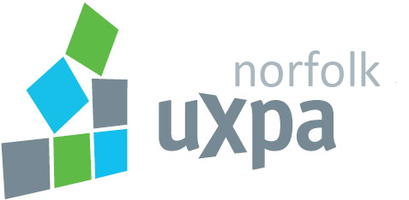
Bus #3, Passenger #68
By Missy Schmidt (Chinese name: “Sweet Lioness” Mandarin naming 蜜狮 Pronounced mee-shee)
Traveling to China is a lot like “Amazing Race” with a little “Survivor” thrown in for good measure. The following is a recount of our adventures, a once in a lifetime experience with the Hampton Roads Chamber of Commerce.
Travel notes, in no particular order:
- Chinese Safety: Brochure provided in hotel advises against prostitution, porn articles, drugs and using hotel rooms for “other purposes.” Also, no fighting or gambling and “follow no strangers to the fun places.” The pictograms were even better than the Chinese-English translations! I saved it!
- Business cards: You never know whom you will meet in your travels. Always carry cards and keep ‘em handy.
- Medicines: The Transderm-Scopolamine patch provided by my physician was the bees-knees! I’ve suffered motion sickness for years while flying and tried Dramamine, Vodka, you-name-it. The patch rocks! A small round band-aid like patch behind the ear, and I was good to go. Also used a homeopathic “jet lag prevention” from Magellan’s Travel, a pleasant-tasting chewable tablet every few hours while flying, coming and going. Changing my watch to get on the destination time as soon as I boarded the place was a great help, too. NO JET LAG! Rarely needed the first aid kit but glad to have it with me; the sinus meds came in handy due to rainforest-like conditions in some places.


- Ground transportation: Next time, I’d fly to JFK. The bus trip to/from was exhausting. Going to NY only took 7 hours, but the trip home was pushing 10 hours. Ugh.
- Flights: ALWAYS ensure we’re in our final departure city before last flight to U.S. Unfortunately, our itinerary had us flying from Shanghai, early in the morning (a domestic flight/different terminal and different security procedures), to Beijing where we would catch our flight (an international flight!) – the only one of the day – back to JFK in New York. ALSO get up and move around as much as you can; I made the mistake of sleeping way too long on the flight home and my feet and ankles swelled, taking more than two days to reduce to normal again.
- The tour company: Citslinc International, Inc., the Chamber’s Chinese partner, took care of all ticket purchases, including flights, as well as the required Chinese Visa. Very helpful. This is not a trip we would have attempted on our own. If you don’t speak Chinese, you’re out of luck.
- Pricing: The price for this trip was, in a word, cheap! I paid almost as much for airfare to Japan over seven years ago. We very soon realized the trip was underwritten by the many government-owned factory stores to which we were shuttled every day. While the lectures provided at the beginning of each tour was interesting, we were a bit irritated with all the selling. It was difficult to separate from the group, so we ended up waiting in the bus often. However, all of our bus-mates were in shopping heaven, making deals. So, we chalked up all of the shopping to keeping our trip price low. We didn’t make any factory store purchases (other than my Green Tea); we felt we supported the country by our many “Made in China” purchases in the U.S.
- Shopping: You will stop at several "factory tours" or other selling venues such as “China Town in Shanghai” every day. Capitalism is alive and well in China including street vendors in every tourist stop and restaurant, gift shops, and the "stuff" sold on our bus by our guides from custom-made suits to in-room massages to duffle bags to playing cards and postcards to special group photos and a DVD to loose leaf tea mugs (yes, I bought two). Thankfully, bottled water (2 for $1 USD) was available daily on the bus. Warm or not, it was needed.
- Food: Meals were often at the "factory tour" restaurant, served in family-sized bowls “Lazy Susan” style, with our entire group sitting together in a large room with other tour groups. We rarely saw locals eating in these places and assumed we were eating “Westernized” Chinese food. It began to be very repetitious with nearly the same dishes served at every stop, lunch or dinner. We’re on Chinese food-overload and will avoid it here in the U.S. Breakfast is the most “Western” and plentiful meal of the day. Enjoy and make the most of it. Also, if you crave a certain seasoning, be sure to carry packets with you to use. I carried Splenda to sweeten my tea; rarely finding even sugar to use other than in the hotels. Wish I had carried crushed red pepper as much of the food was bland; only during our last two meals were we offered soy or hot sauce.
- Clothing: Wish I had taken my waterproofed walking sandals, cargo shorts (with pockets) and more light-weight, loose-fitting tops. It was SO hot and humid that Hampton Roads feels cool in comparison. SO glad I carried my lightweight traveler’s rain jacket! When they say “China is a casual place,” they mean it. Don’t waste space carrying anything too nice. It rained almost constantly in Beijing, and the other cities were overly hot. China does have air conditioning in the form of upright units placed sporadically in select areas. But their idea of a cool temperature and mine are very different, including the temperature of drinks served. But we adapted.
- Personal hygiene: Take plenty of tissue packets and personal wet-wipes. You will need them in most, if not all, public toilets. Even some Western-style toilets were without paper for wiping or cleansing either end. Don’t be surprised by the Asian hole-in-the-floor toilet in the ladies room, and don’t be shocked if the locals don’t close the stall door and insist on using the stall with no door. No modesty in China when nature calls. Also, don’t hold up lines by waiting for the occasional handicapped stall with Western toilet and perhaps even rails for holding on. Suck it up and go native. And, most important of all, ladies and gentlemen: do NOT flush the paper in the toilet. All paper goes in the trash can provided in the stalls. I know, gross. I carried a hand sanitizer spray, too.


- Daily schedule: This is firm. It is not easy to leave the tour to go out on your own. Plan to go on "optional" tours offered as it is not convenient to NOT go on the optional tour. Your only option is usually to wait on the bus.
- Walking around money: The price of the trip can be kept to a minimum if you have the will-power to withstand the many shopping opportunities. We took only $1000 total made up of U.S. Dollars and Chinese Yuan and returned with change despite buying American food, a few gifts for the kids and all of the offered cash-only “optional” tours. Only used the credit card once for my $200 tea purchase.
- Fatigue: This is not your typical vacation. You will be tired every night and upon your return. With that said, we would never consider touring China without a group tour such as this. And, with the length of time and distance it takes to get to China, why not pack in all that you can? Schedule at least a long weekend to recuperate and get on a “regular” schedule again.
- Final thought: Don’t let our or anyone else’s experience dissuade you from taking this trip if it fits your time and budget. Definitely worth every penny. Just do it.
Slideshow on Flickr
Read the series...





































































